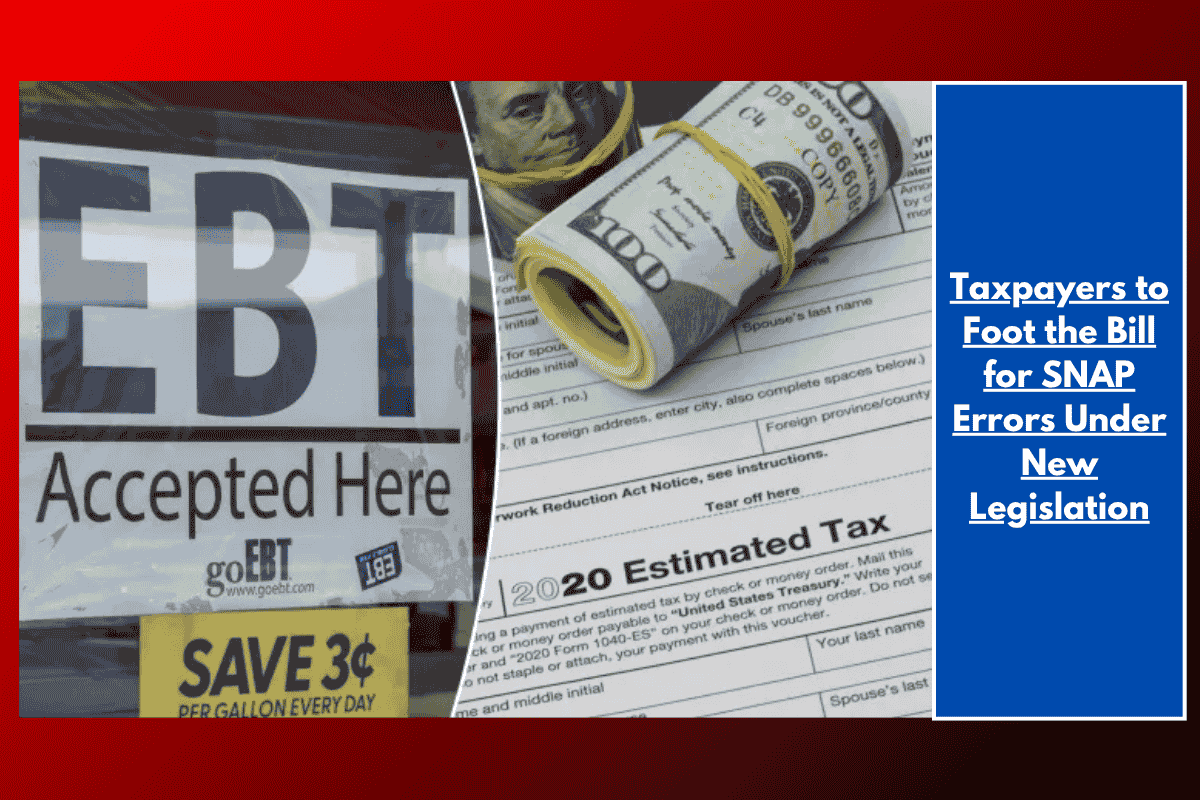Nearly 6 million Americans are facing a serious financial crisis as they fall 90 days or more behind on their federal student loan payments, according to a new analysis from TransUnion. This surge in delinquencies has led to concerns that millions of borrowers could soon see their paychecks reduced by 15% as federal collection actions resume.
The Growing Crisis of Student Loan Delinquencies
The total amount owed by U.S. borrowers in federal student loans stands at a staggering $1.69 trillion, a number that continues to rise as more people fall behind on payments. Approximately 6 million federal student loan borrowers are now classified as delinquent, meaning they are more than 90 days late in repaying their loans.
The situation is getting worse, as the number of delinquent borrowers has increased dramatically. From February 2023 to April 2023, the percentage of borrowers 90 days or more late on their payments jumped from 20% to 31%, the highest rate ever recorded by TransUnion. To put this in perspective, 12% of borrowers were 90 days late in February 2020, right before the pandemic hit.
The Consequences of Delinquency and Default
Delinquency doesn’t immediately trigger penalties, but it is a step towards default, which is much more severe. When a loan goes into default, the federal government has the legal right to take drastic measures to recover the money owed. One of the most serious consequences is the garnishment of wages—up to 15% of a borrower’s paycheck can be withheld until the loan is paid off.
Furthermore, individuals in default risk having their tax refunds and Social Security benefits withheld. About 195,000 defaulted borrowers were notified last month by the Treasury Department that their federal benefits could be taken as early as June.
Factors Contributing to the Rise in Delinquencies
Several factors are contributing to the sharp increase in student loan delinquencies and defaults. These include:
Rising tuition costs and greater student loan borrowing
Stagnant wages that make it harder to keep up with growing debt
Inflation, high interest rates, and an increased cost of living that is putting additional financial strain on borrowers
Many borrowers are finding it difficult to balance their student loan payments with the other financial pressures they face, leading to the spike in delinquencies.
The Impact on Credit Scores and Borrowing Power
For borrowers who are delinquent but not yet in default, the consequences are still serious. A delinquent loan can result in a significant drop in credit scores—with newly delinquent borrowers losing an average of 60 points. A lower credit score can make it much harder for individuals to secure credit cards, car loans, or mortgages.
Additionally, individuals with poor credit scores often face higher interest rates on loans, making it even harder to manage their debt.
The Return of Federal Collections
The increase in delinquencies follows the resumption of student loan collections in May 2023, after a pause during the COVID-19 pandemic. This pause was lifted by the Trump administration, and now the Treasury Department has begun issuing 30-day notices to borrowers, warning them of potential collections and garnishment actions.
As more borrowers enter default, the risk of wage garnishment and other penalties grows, making it more urgent than ever for borrowers to get their student loans under control before their situation worsens.
What Borrowers Can Do
For those struggling with student loan payments, it’s essential to act fast to avoid default. Here are a few steps borrowers can take:
Contact the loan servicer: Work out a payment plan, deferment, or other options to get back on track.
Look into Income-Driven Repayment plans: These plans can lower monthly payments based on income.
Seek financial counseling: Consider speaking to a credit counselor to manage your debt more effectively.
The rising number of delinquent and defaulted student loans is creating a financial crisis for millions of Americans. With the resumption of wage garnishment and other collection actions, many borrowers face the risk of having a significant portion of their paychecks taken to cover their debt. It’s important for borrowers to stay proactive and explore options to avoid the financial consequences of default.














